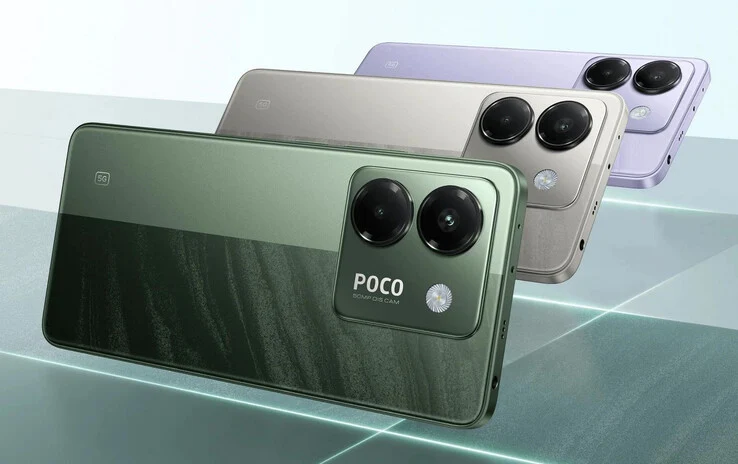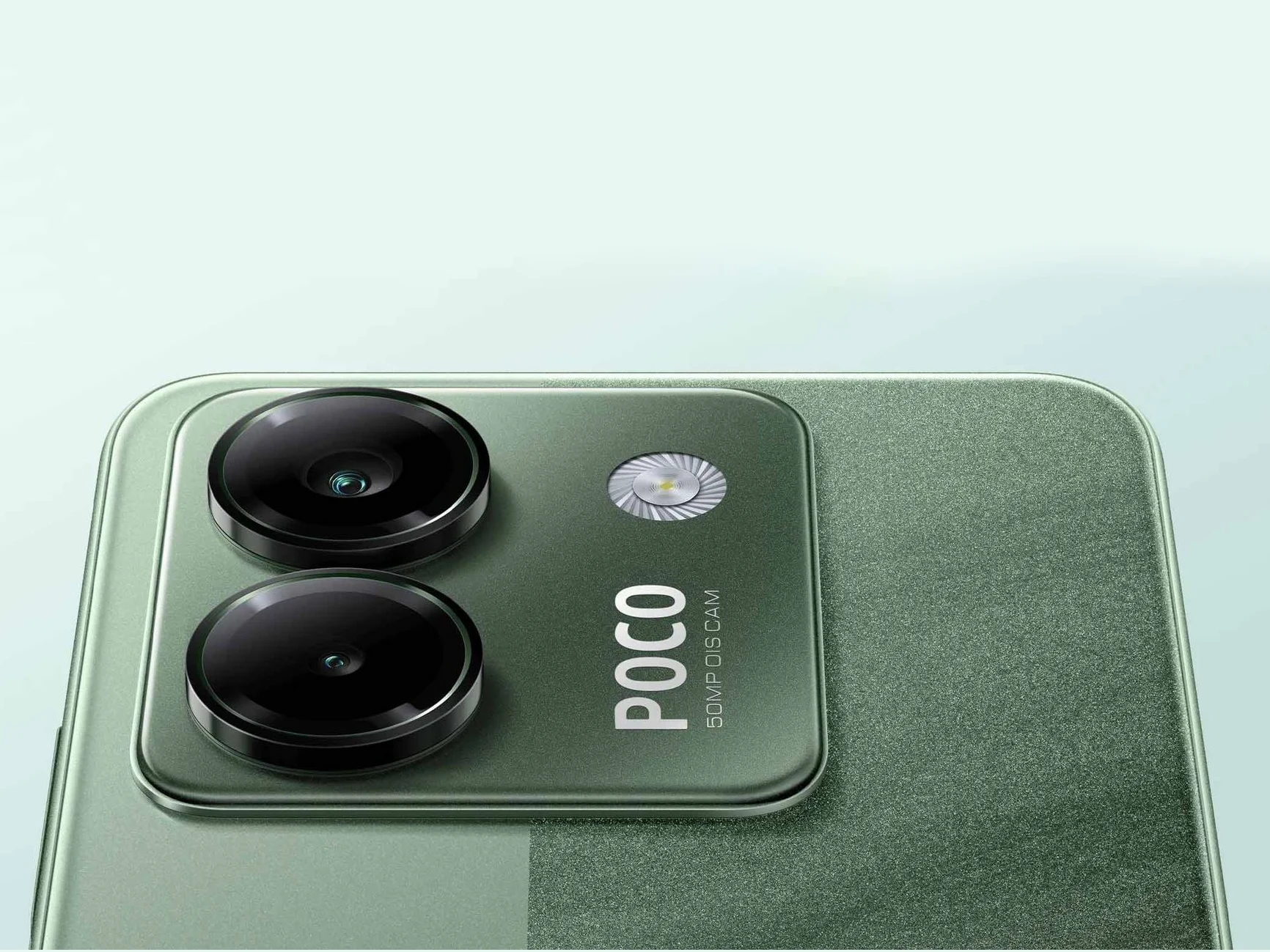Key Takeaways
1. The Poco M7 Pro 5G is now available in Europe and the UK, following its earlier release in India in mid-December.
2. It features a MediaTek Dimensity 7025 Ultra processor, a 6.67-inch AMOLED display with 1080p resolution, 120 Hz refresh rate, and a 5,110 mAh battery with 45 W charging.
3. The main camera is a 50 MP Sony LYT-600 with OIS, while the global Redmi Note 14 5G has a 108 MP camera.
4. The starting price for the Poco M7 Pro 5G is £140/€199 (~$215) for the 8 GB RAM and 256 GB storage variant during the promotional period.
5. Xiaomi is launching the Poco M7 Pro 5G in Germany and the UK, offering additional promotions like discounted accessories.
The Poco M7 Pro 5G is now available in Europe and the UK, just a short time after Xiaomi introduced the Poco F7 Pro and Poco F7 Ultra worldwide. However, this isn’t the first time the Poco M7 Pro 5G has hit the market. In fact, Xiaomi has been offering the Poco M7 Pro 5G in India since mid-December.
Specifications and Features
As we mentioned earlier, the Poco M7 Pro 5G features technology from the Redmi Note 14 sold in China along with its Indian version. Consequently, the Poco M7 Pro 5G has notable differences from the international version of the Redmi Note 14 5G (currently priced at $319.99 on Amazon), particularly in one key area.
Xiaomi claims that the Poco M7 Pro 5G is powered by a MediaTek Dimensity 7025 Ultra processor, paired with a 6.67-inch AMOLED screen that delivers 1080p resolution, a 120 Hz refresh rate, and peak brightness of 2,100 nits. In addition, it includes LPDDR4X RAM and UFS 2.2 flash storage, alongside a robust 5,110 mAh battery that supports 45 W wired charging.
Camera and Photography
The Poco M7 Pro 5G showcases a Sony LYT-600 as its main camera, offering a 50 MP native resolution, optical image stabilization (OIS), an f/1.5 aperture, and a 1/1.95-inch optical size. In comparison, the global Redmi Note 14 5G comes with a 108 MP camera inherited from its predecessor. Additionally, the Poco M7 Pro 5G is equipped with a 2 MP depth sensor and a 20 MP front camera to enhance its photography capabilities.
The starting price for the Poco M7 Pro 5G is £140/€199 (~$215) for those who make a £1/€1 deposit before April 7 at 09:59 local time. This initial variant includes 8 GB of RAM and 256 GB of storage, but there is also a 12 GB of RAM option available for £180/€219 (~$237) during this promotional phase. After this period, the prices will increase to £199/€239 (~$258) and £239/€259 (~$280). Xiaomi is also providing additional launch promotions, such as a discounted Smart Band 9 Active in the UK. More information can be found on Xiaomi’s website.
Availability in Different Markets
Xiaomi Germany and Xiaomi UK are part of the launch strategy for the Poco M7 Pro 5G, ensuring that consumers in these regions have access to this new smartphone. The Poco M7 Pro 5G combines impressive specs and features, making it a competitive choice in the market.
Source:
Link








